 |
 |
 |
| |
PWH had a greater burden (5x) of primarily eccentric arterial wall enhancement compared with persons without HIV
|
| |
| |
.....PWH had an average 4.58 times as many enhancing arterial segments as persons without HIV (95% CI 1.51-13.83, p=0.007).
CROI 2020 March 9
Reported by Jules Levin
GREATER BURDEN OF INTRACRANIAL ARTERIAL-WALL ENHANCEMENT IN PERSONS LIVING WITH HIV
Felicia C.Chow1, Andrew Callen1, Victor Arechiga1, David Saloner1, Jared Narvid1, Priscilla Hsue1
1University of California San Francisco, San Francisco, CA, USA
Background: Persons living with HIV (PWH) are at higher risk of stroke compared with age-matched persons without HIV. However, the mechanisms underlying increased cerebrovascular risk in PWH are unclear. In particular, the contribution of intracranial arterial disease to HIV-associated stroke remains poorly defined. We compared intracranial vessel wall magnetic resonance imaging (VW-MRI), which can demonstrate atherosclerotic disease even when conventional angiography is normal, in treated, virologically suppressed PWH and persons without HIV.
Methods: All participants were >40 years of age with a history of cardiovascular (CV) disease or at least one CV risk factor. PWH were on antiretroviral therapy with undetectable plasma viral load. Demographics-matched persons without HIV were friends and family of PWH or recruited through flyers. Participants underwent a time-of-flight (TOF) MR angiogram (MRA) and 3D high resolution variable flip angle black blood post-contrast VW-MRI (CUBE) on a GE 3T Discovery scanner. The primary outcome was the number of visualized arterial segments with abnormal wall enhancement. Poisson models were used to compare the mean number of enhancing segments by HIV status.
Results: Of 31 participants (mean age 58 years, 97% men), 19 were PWH (median CD4 count 492 cells/mm3). There were no significant differences in age, sex, race, or CV risk factors between PWH and persons without HIV. A greater proportion of PWH were on a statin (84% versus 42%, p=0.021). The mean number of enhancing arterial segments for PWH was 1.8 (SD 1.3) versus 0.4 (SD 0.9) for persons without HIV (p=0.003). The majority (80%) of enhancement was eccentric, which did not differ by HIV status. Over half (53%) of PWH with abnormal wall enhancement did not have associated luminal narrowing on TOF MRA. The greater mean number of enhancing arterial segments in PWH remained statistically significant after adjusting for demographics and CV risk factors. In a model adjusted for age, sex, race, and statin use, PWH had an average 4.58 times as many enhancing arterial segments as persons without HIV (95% CI 1.51-13.83, p=0.007).
Conclusion: PWH had a greater burden of primarily eccentric arterial wall enhancement compared with persons without HIV. Furthermore, luminal imaging with TOF MRA underestimated the burden of arterial disease in more than half of PWH. Future studies should investigate the association of arterial wall enhancement with indices of immune activation and radiologic markers of cerebrovascular disease.
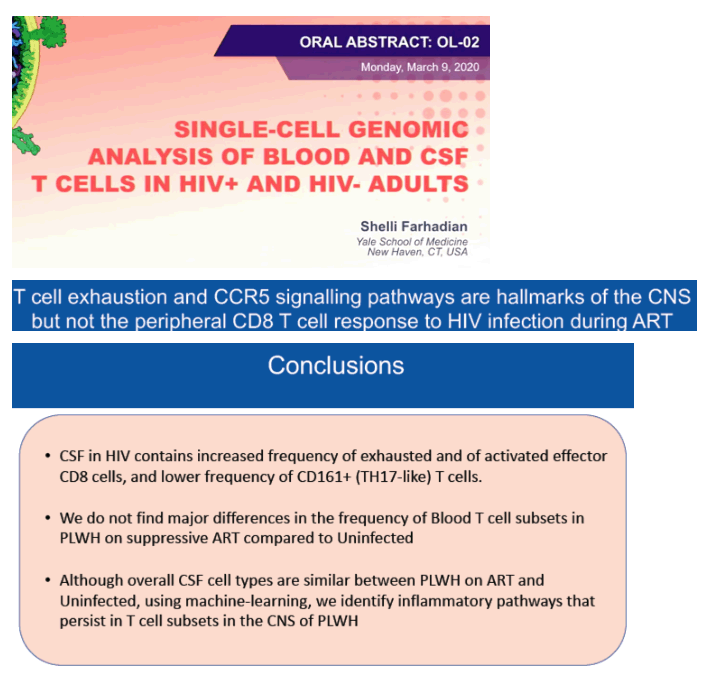
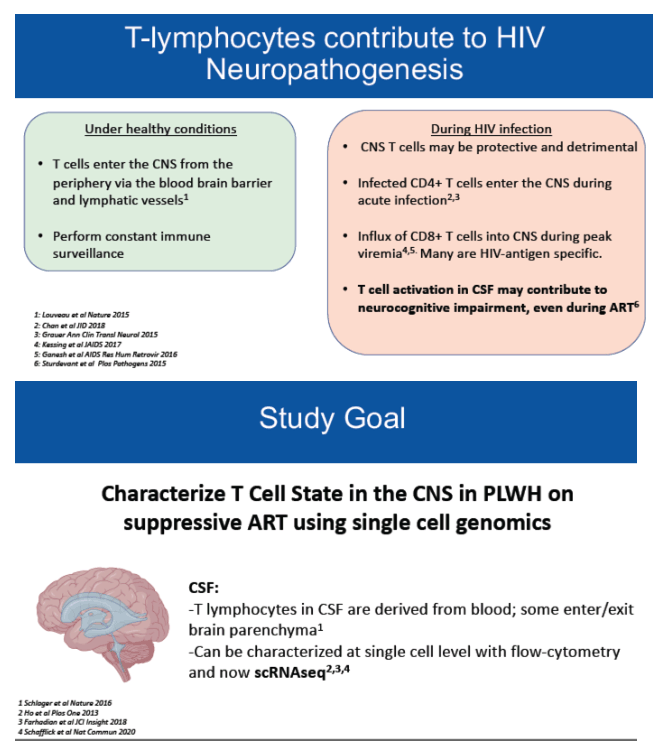
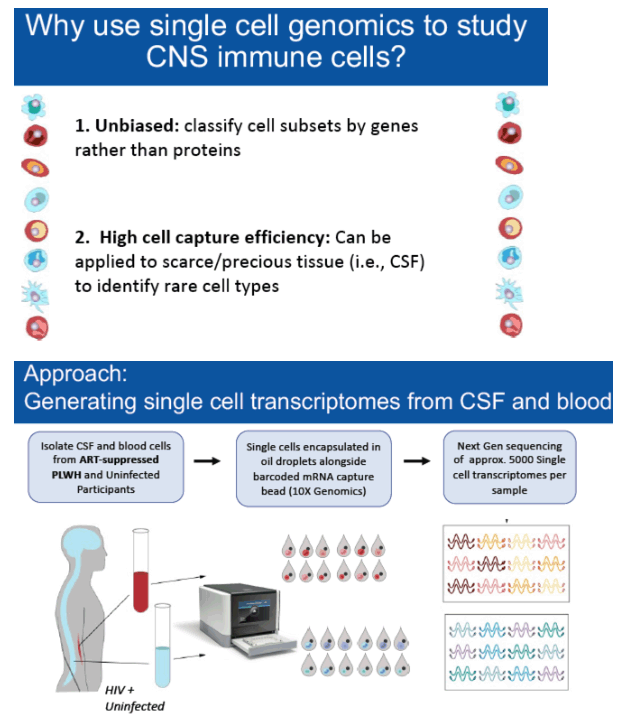
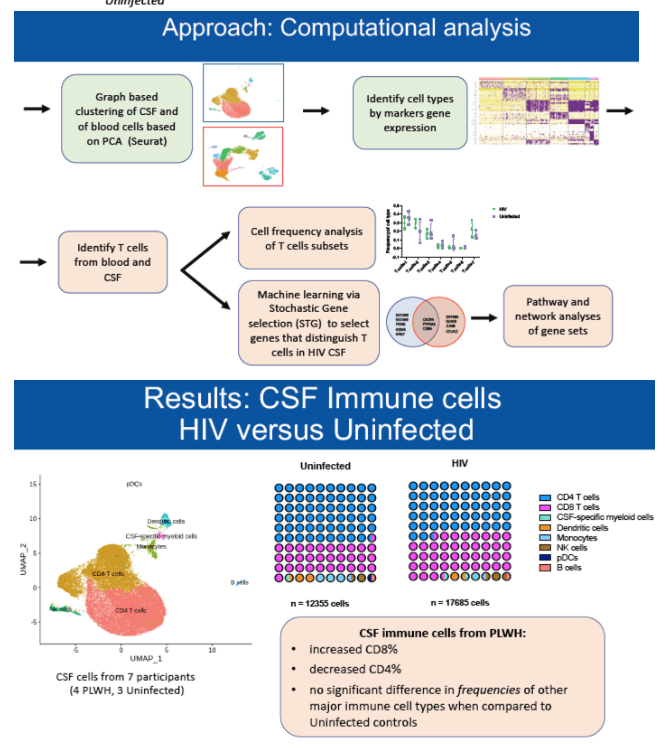
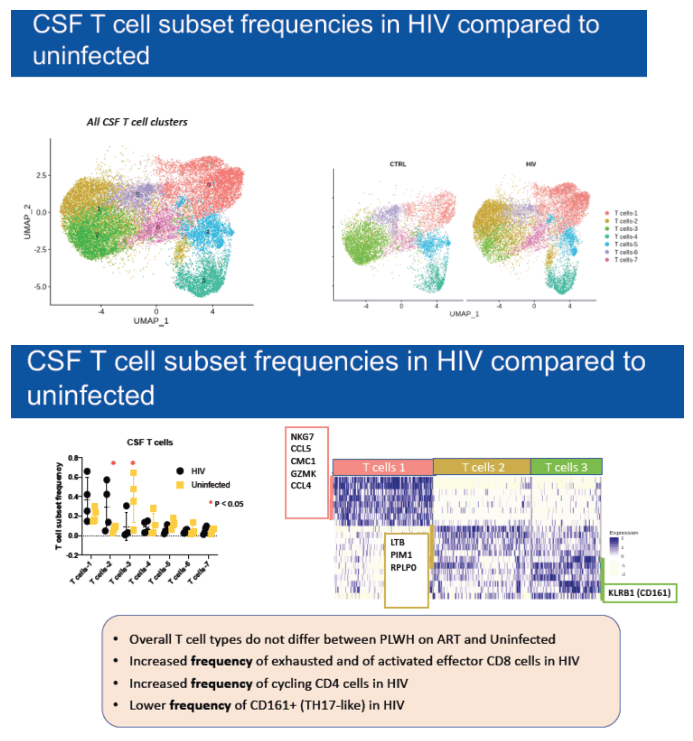
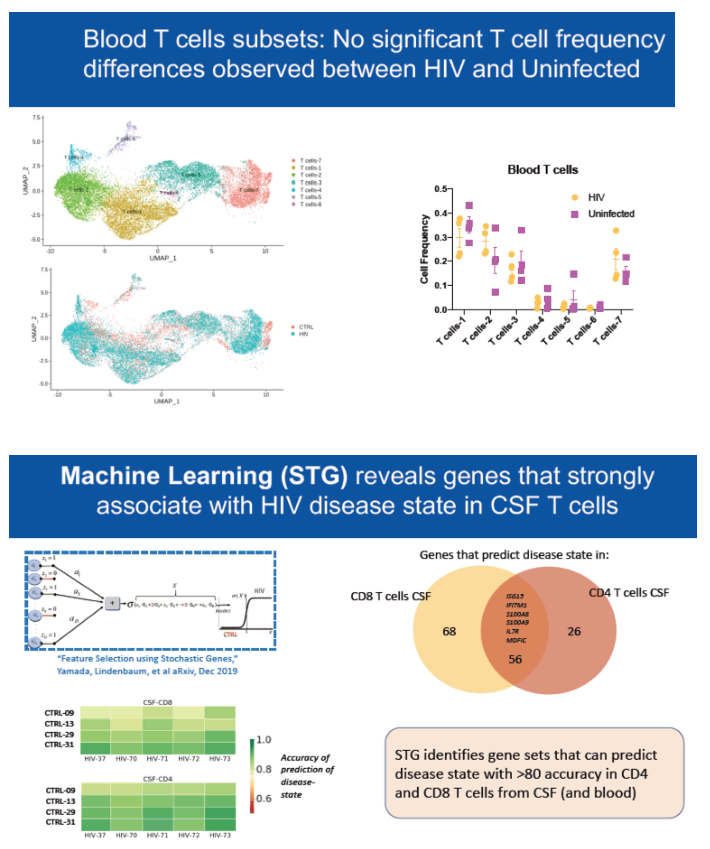
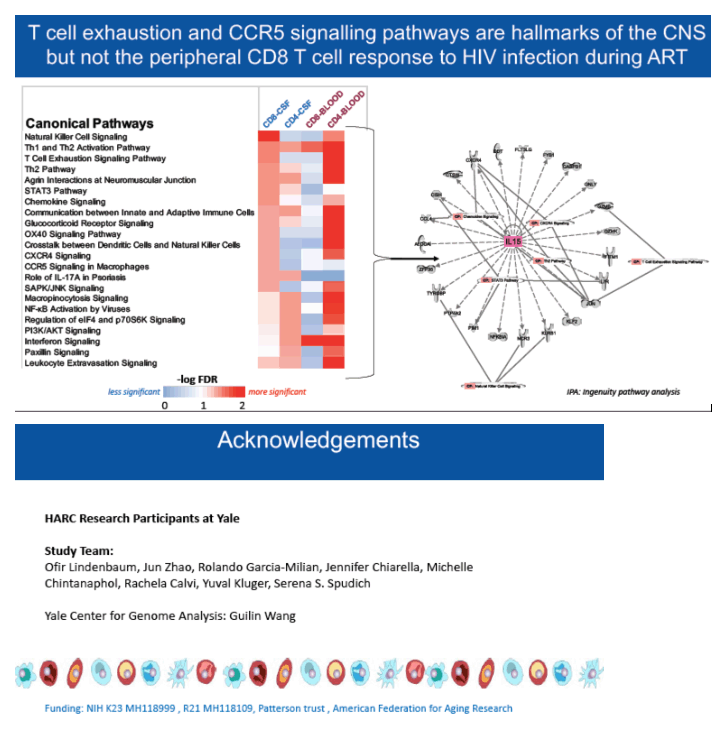
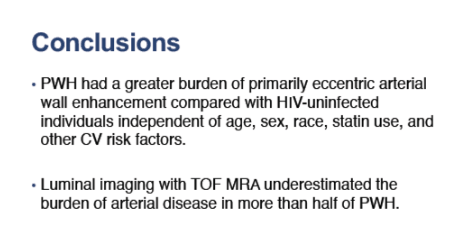

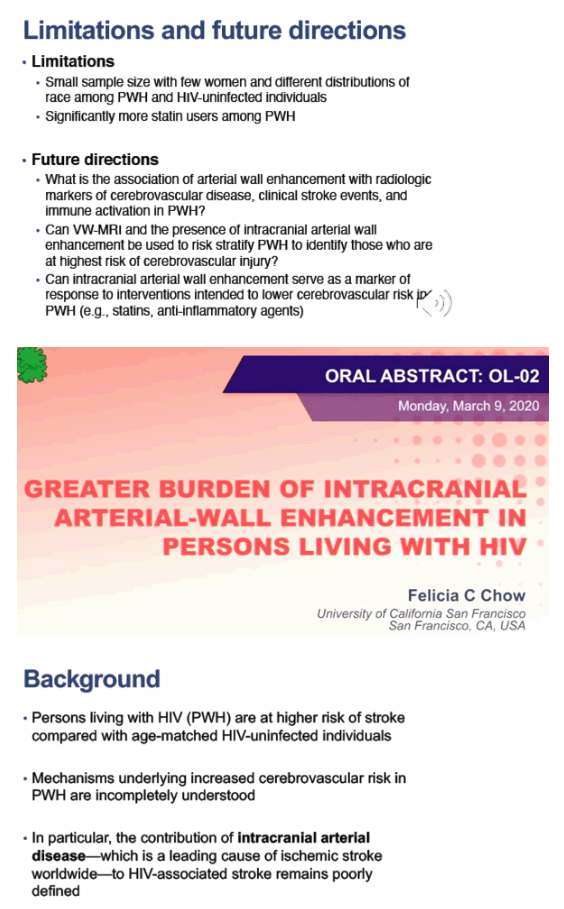
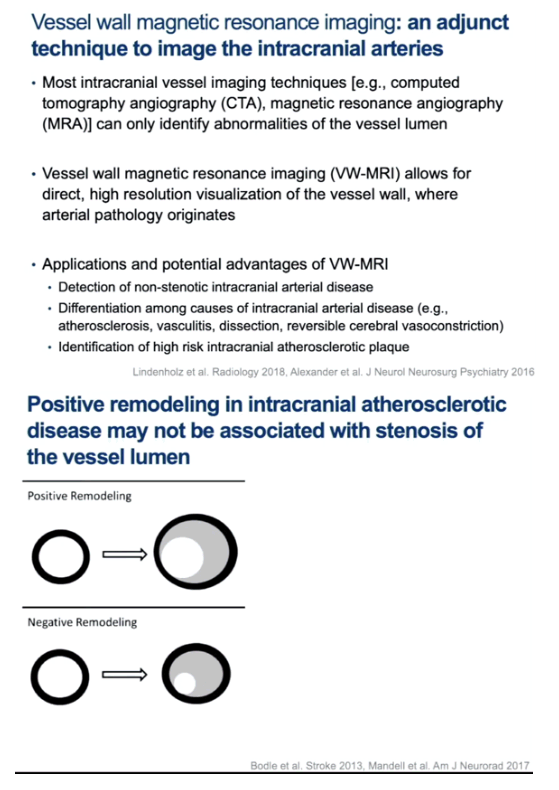
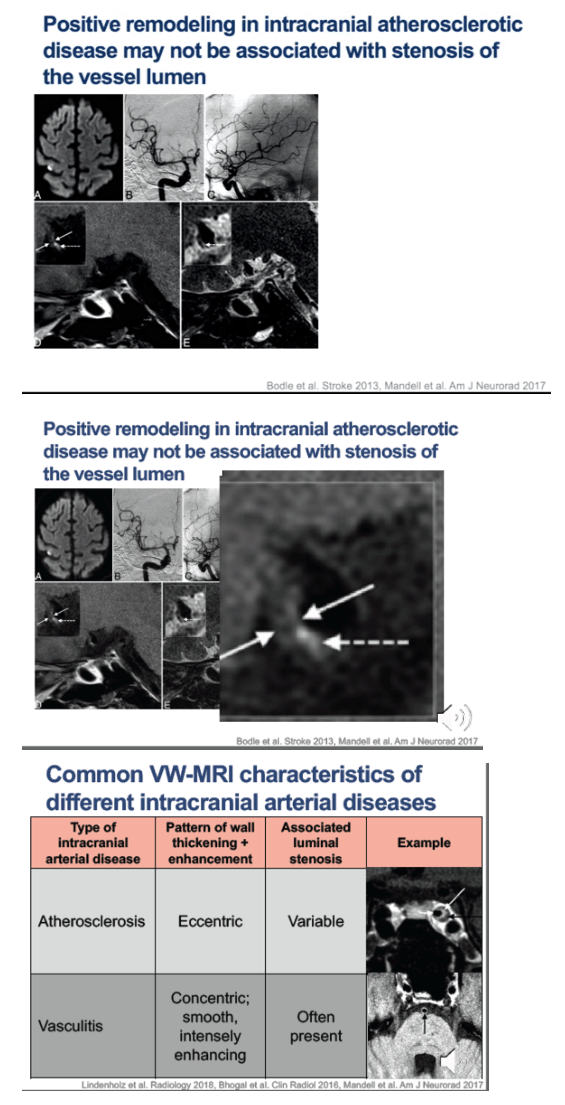
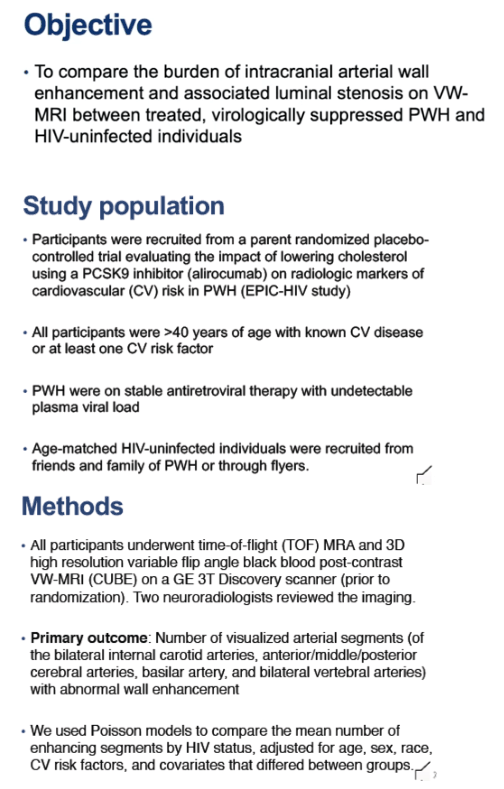
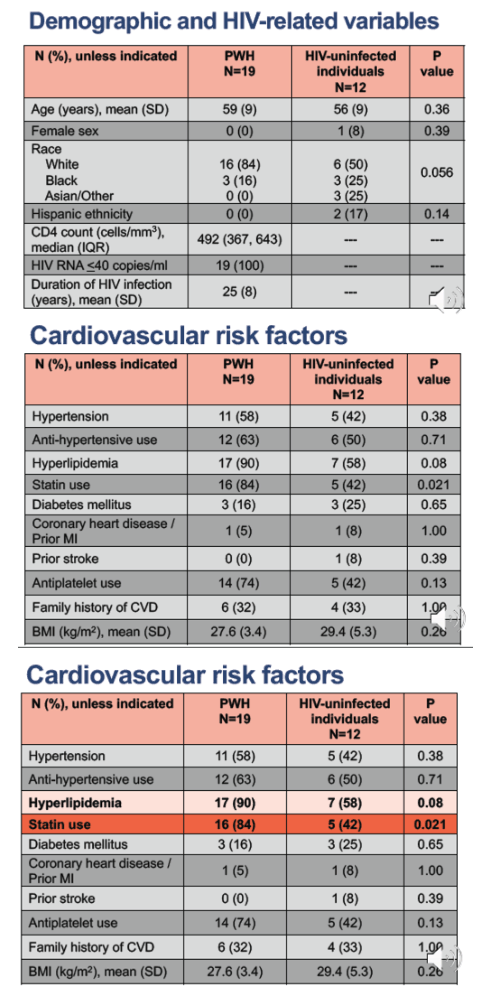
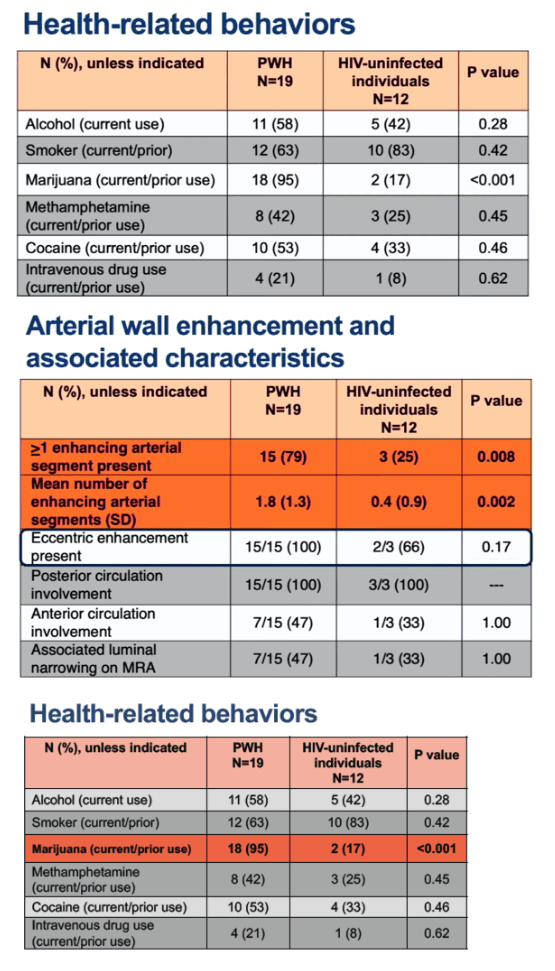
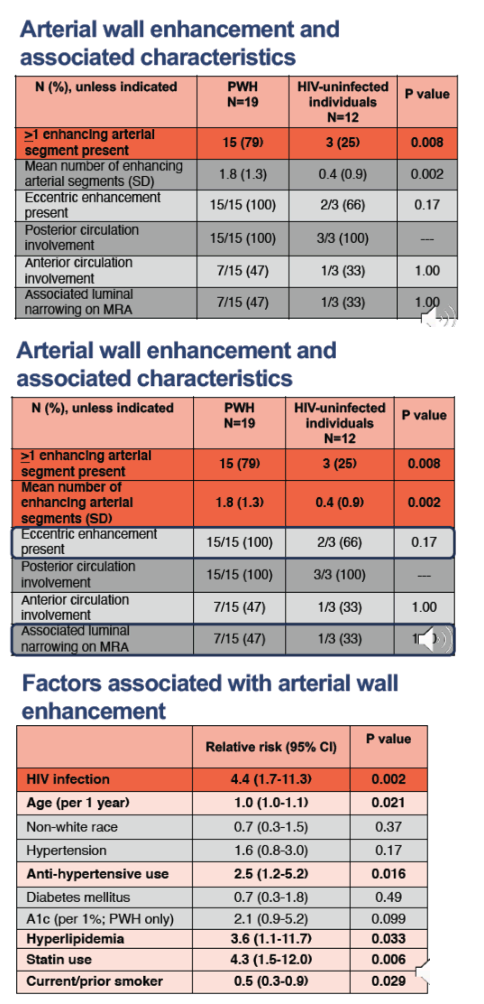
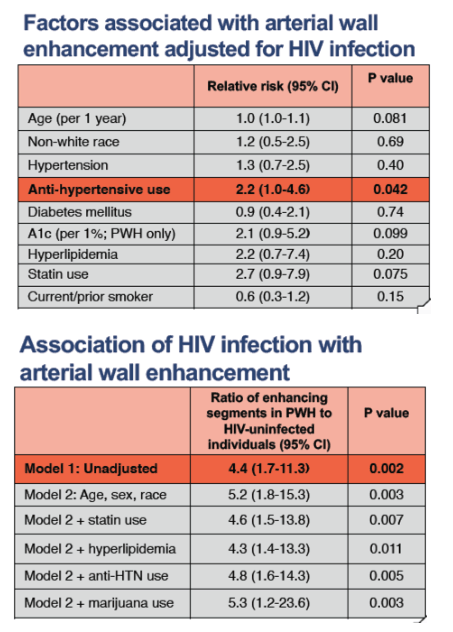
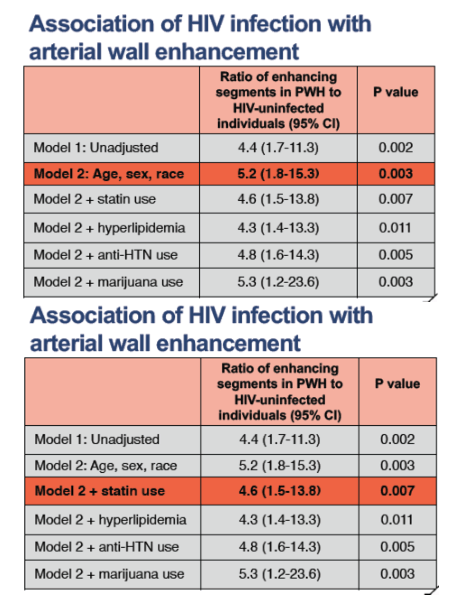
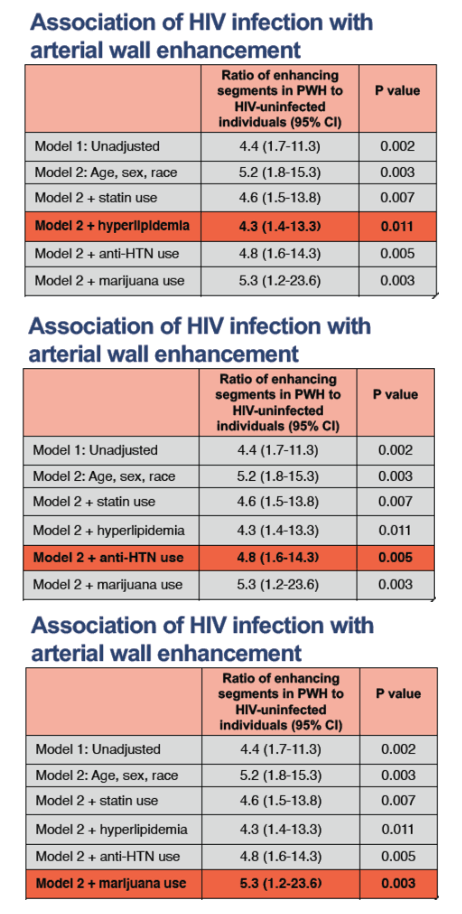
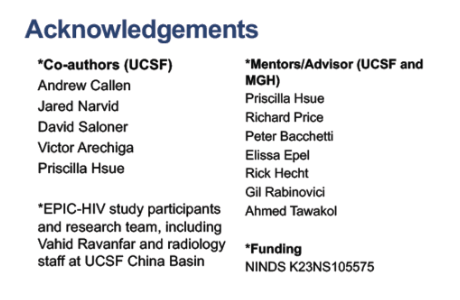
|
| |
|
 |
 |
|
|